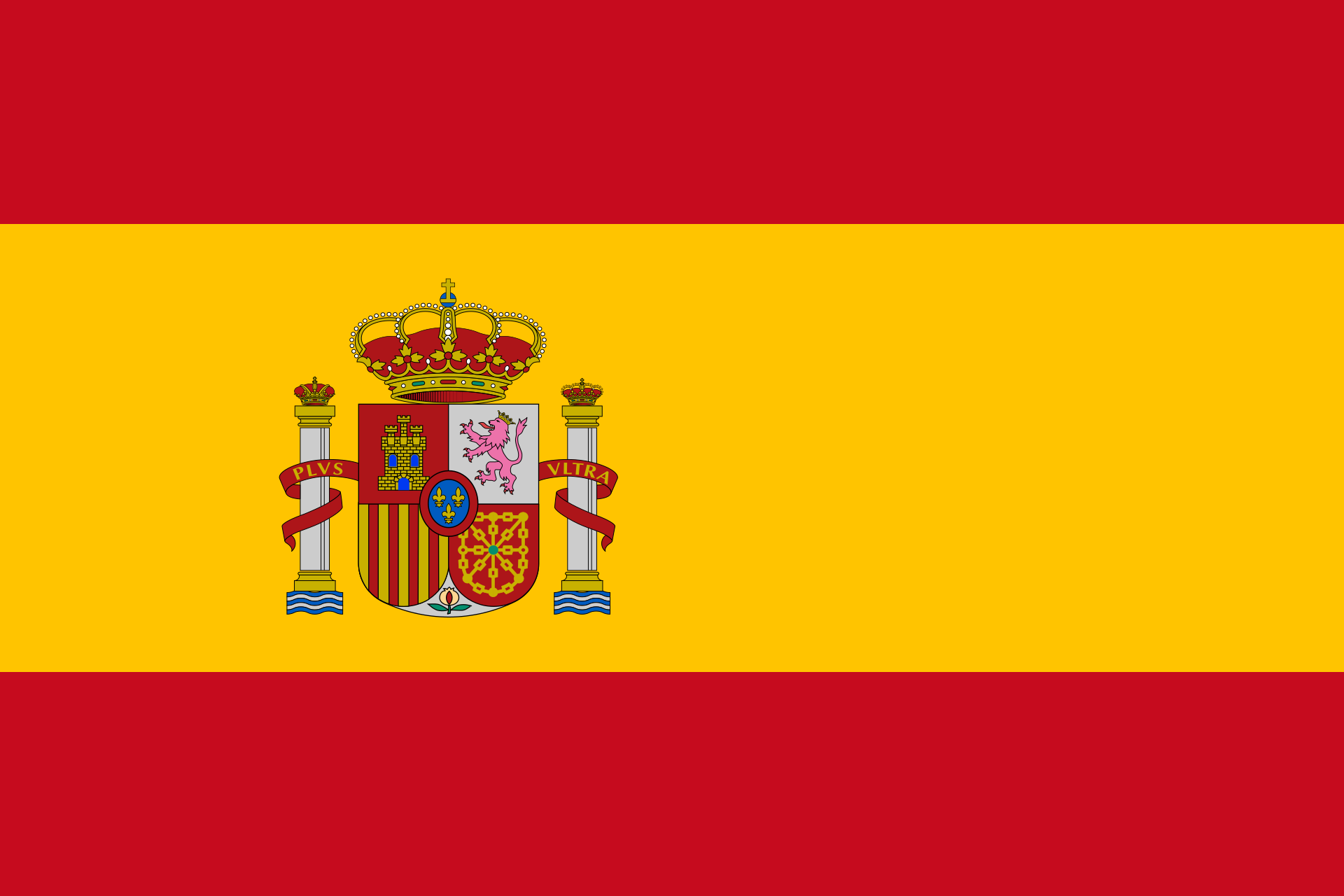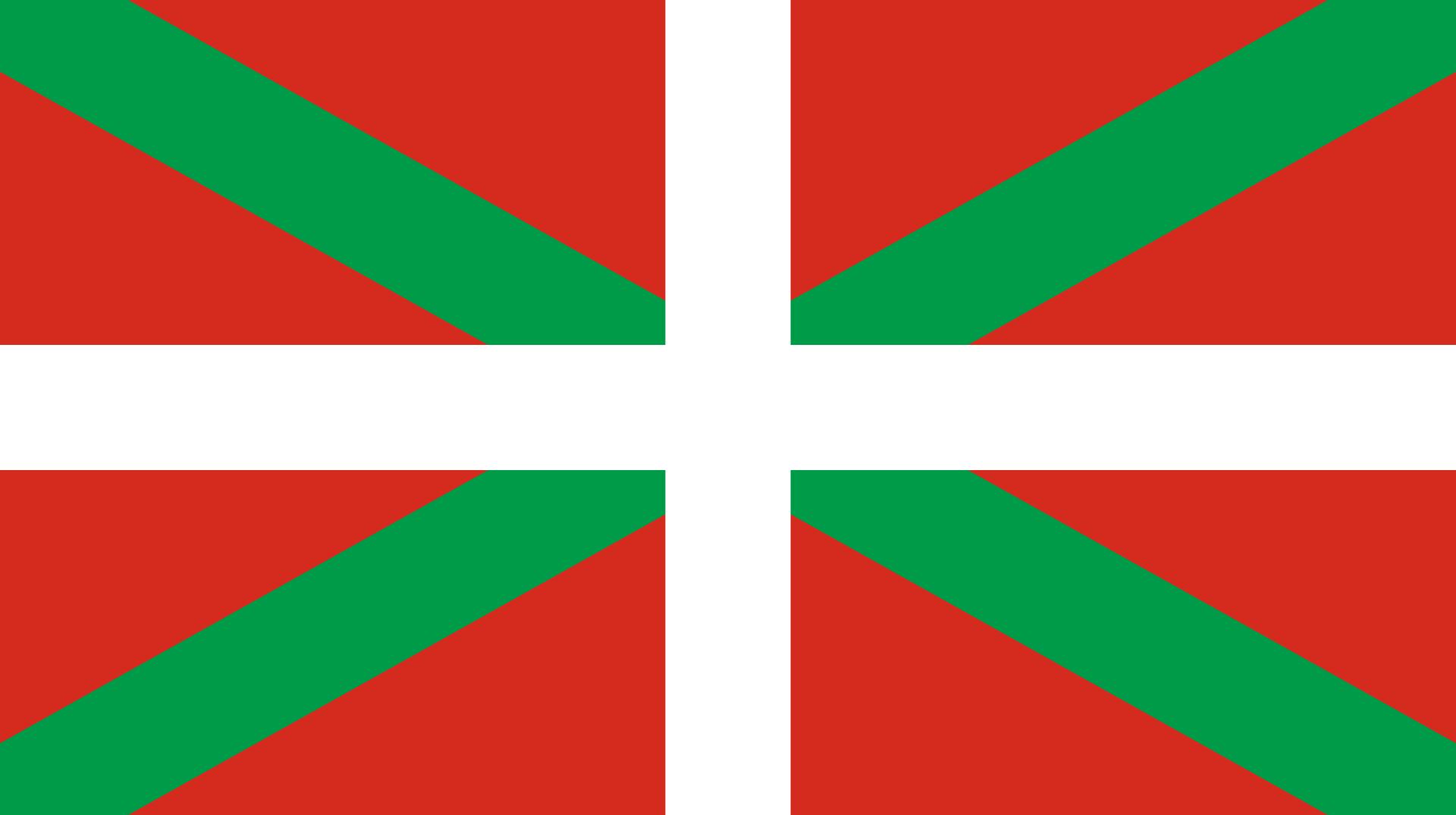Don Carlos V, en el exilio y en la muerte
Carlos María Isidro de Borbón también conocido como Don Carlos ,el 14 de septiembre de 1839, cruzó la frontera francesa y el gobierno francés decidió instalarlo en Bourges con su mujer e hijos. Allí, el 18 de mayo de 1845, abdicó en su hijo Carlos Luis con la intención de que contrajera matrimonio con su prima Isabel II, Reina constitucional de España.
Tras su abdicación usó el título de incógnito de conde de Molina y el 10 de marzo de 1855 murió en Trieste, entonces parte del Imperio austríaco. Está enterrado junto a sus descendientes en la capilla de san Carlos Borromeo de la catedral de San Justo de Trieste.
Carlos María Isidro de Borbón also known as Don Carlos, on September 14, 1839, crossed the French border and the French government decided to install it in Bourges with his wife and children. There, on May 18, 1845, he abdicated in his son Carlos Luis with the intention that he married his cousin Isabel II, constitutional Queen of Spain.
After his abdication he used the incognito title of count of Molina and on March 10, 1855 he died in Trieste, then part of the Austrian Empire. He is buried with his descendants in the chapel of San Carlos Borromeo in the cathedral of San Justo de Trieste.
Carlos María Isidro de Borbón 1839ko iraileko 14 ,el-a ere Carlos Jaun bezala ezagututa, Frantziako muga gurutzatu zuen eta Frantziako gobernuak hura Bourges-en bere emakumearekin eta seme-alabekin jartzea erabaki zuen. Han, 1845eko maiatzaren 18an, Carlos Luis bere semearengan abdikatu zuen ezkon zedila Isabel II bere lehengusinarekin, Espainiako Erregina konstituzionalarekin, asmoarekin.
Bere abdikazioaren ondoren erabili zuen Molina-ko konde ezkutu titulua eta 1855eko martxoaren 10ean hil zen Trieste-n, orduan Inperio austriarretik abiatzen da. San Justo de Trieste-ren katedraleko Carlos Borromeo san-kaperako bere ondorengo ahaideen ondoan lurperatuta dago.
Ver todas las fotos en pantalla completa-

Exposición del alma del Pretendiente Carlos V
Don Carlos V, en el exilio y en la muerte
-
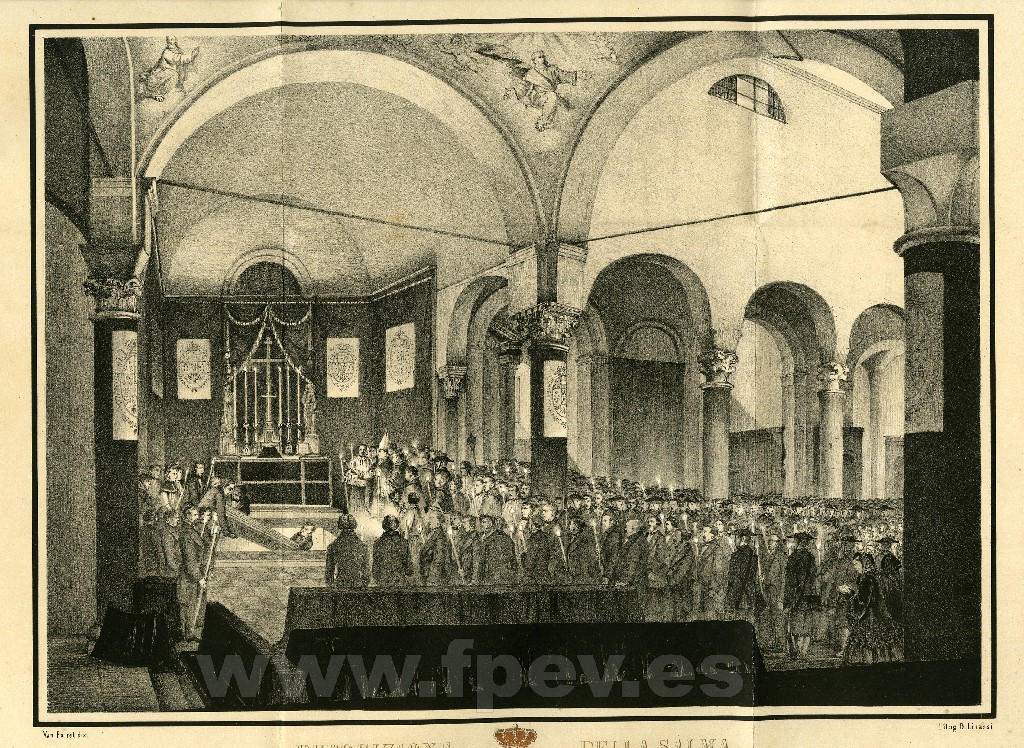
Entierro en la capilla de San Carlos, Triestre
Don Carlos V, en el exilio y en la muerte
-
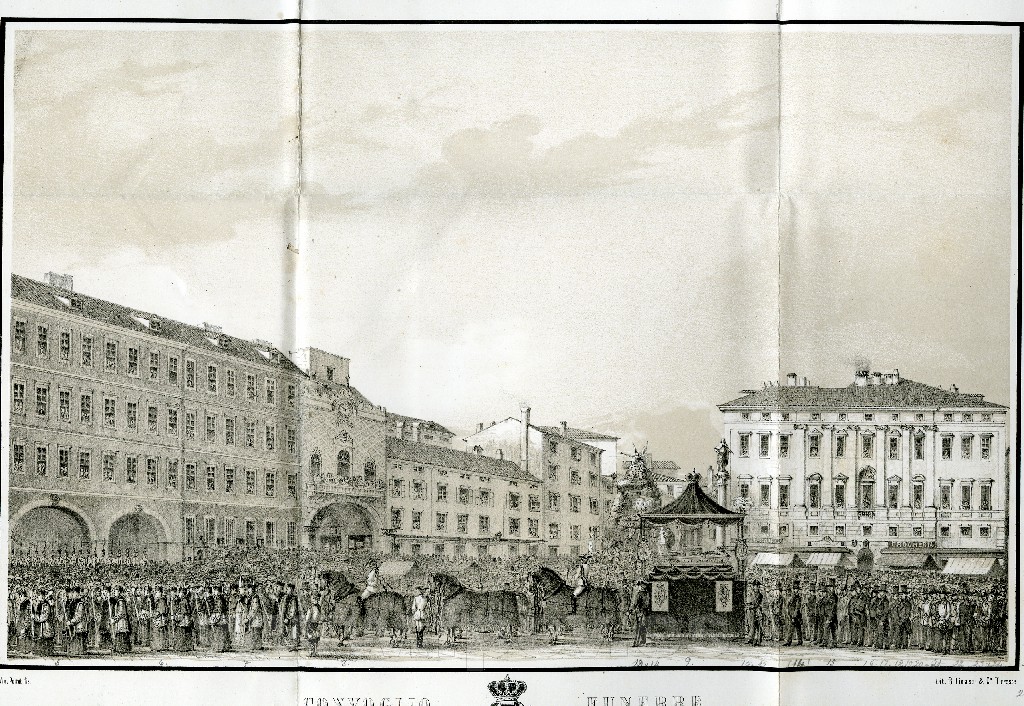
Procesión fúnebre del Pretendiente Carlos V
Don Carlos V, en el exilio y en la muerte
-
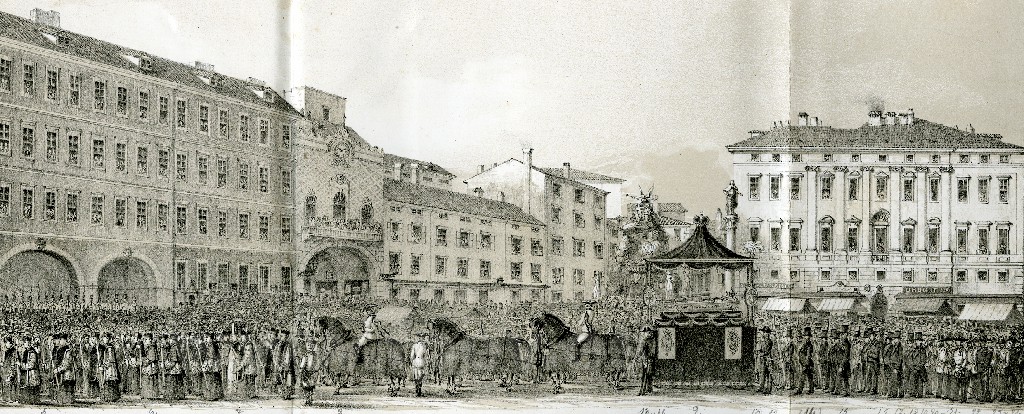
Procesión fúnebre del Pretendiente Carlos V
Don Carlos V, en el exilio y en la muerte
-
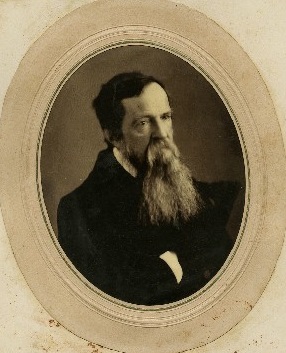
Don Carlos V en el exilio
Don Carlos V, en el exilio y en la muerte

